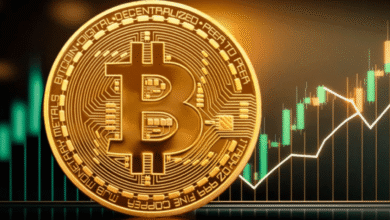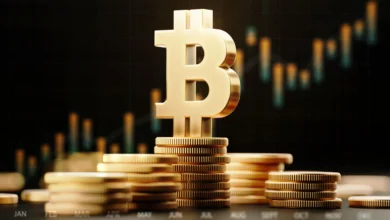What Really Affects Bitcoin Price?
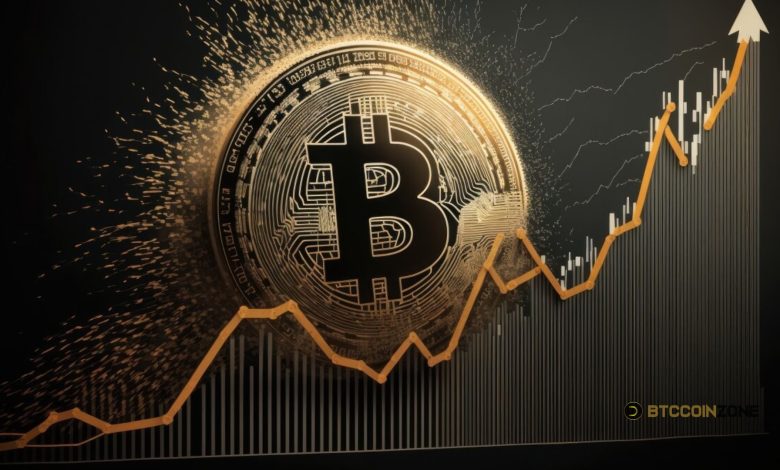
Affects Bitcoin Price: Since its launch in 2009, the price of Bitcoin the first and most famous cryptocurrency—has experienced considerable volatility. Over the years, its price has gone through harsh declines and new all-time highs, transforming it from an obscure digital currency into a huge financial asset. But how can one determine the value of Bitcoin? Market mood, supply-and-demand dynamics, and external economic and regulatory variables are just a few of the many aspects that influence the Bitcoin price.
Supply and Demand
Bitcoin prices depend on supply and demand, among other factors. Bitcoins are rare due to their 21 million limit. Demand for Bitcoin as an investment or store of wealth raises prices. Bitcoin miners generate, but halving reduces supply. Once every four years. Bitcoin mining incentive and supply halves every two years. During economic uncertainty, more people buy Bitcoin, and more institutions accept it. Negativity and large sell-offs lower demand and prices. The price depends on Bitcoin’s finite supply and changing demand.
Limited Supply
The 21 million coins that will ever be available for purchase are what set Bitcoin apart from fiat currencies, which governments have the power to produce endlessly. Many people liken Bitcoin to gold because of its inherent scarcity, which is a feature of its design. The scarcity of Bitcoin is driving up its price as more and more people buy and use it.
In a process called Bitcoin halving, the incentive that miners earn for validating transactions is cut in half every four years. The supply of bitcoins is further constrained as a result of this slowing the rate of creation. In the past, halving the supply of bitcoins entering the market has caused prices to skyrocket since the asset becomes increasingly scarce.
Increasing Demand
There are a number of factors that are fueling demand for Bitcoin, including interest from institutional investors, acceptance by retail market participants, and expanding use cases. For instance, anytime prominent firms such as PayPal or Tesla announce that they are investing in Bitcoin or accepting it as payment, the demand for Bitcoin spikes, which typically leads to a price spike. This is because Bitcoin is a decentralized digital currency. On the other hand, when interest levels drop or when there is a significant sell-off, demand decreases, and prices typically fall.
Market Sentiment and Media Influence
The price of Bitcoin is highly dependent on market sentiment. Cryptocurrency traders’ emotions play a big role in their purchasing and selling decisions, whether it’s excitement about future price gains (bullish sentiment) or dread of market downturns (bearish sentiment).
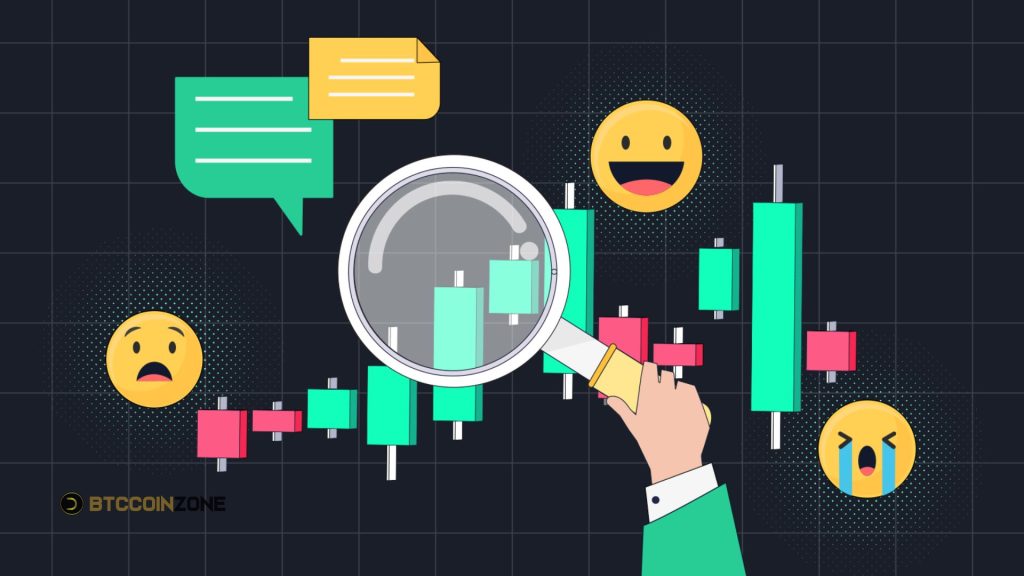
Fear of Missing Out
A frequent psychological element that affects the price of Bitcoin is FOMO or Fear of Missing Out. Many institutional and retail investors acquire Bitcoin at the first sign of a price increase, anticipating further gains. The skyrocketing price is a direct result of the increased demand. Media attention, social media fads, and favorable recommendations from powerful people are common drivers of FOMO.
Fear, Uncertainty, and Doubt
Fear, Uncertainty, and Doubt (FUD) is the opposite of positive news and can induce panic selling and price declines when it spreads. News of government regulations, security breaches at cryptocurrency exchanges, or large-scale hacking, for instance, might cause enormous sell-offs, which in turn can cause price crashes. Bitcoin is vulnerable to unexpected changes in opinion because of its highly speculative character.
Macroeconomic Factors
The larger economic climate is another important factor that affects the price of Bitcoin. Bitcoin, in contrast to more conventional assets, has the potential to serve as a store of value in volatile economic times and as a protection against inflation.
Inflation and Monetary Policy
Bitcoin has become a popular alternative investment during economic downturns. Global monetary policy by central banks has increased the money supply due to stimulus programs and near-zero interest rates, raising inflation concerns. As inflation devalues fiat currencies, Bitcoin’s fixed supply makes it a better investment. In reaction to the COVID-19 pandemic, governments worldwide enforced severe monetary rules, driving Bitcoin’s price up as people sought protection in decentralized assets.
Geopolitical Events
Geopolitical events like wars, trade conflicts, and political instability can also influence the demand for Bitcoin. Many people in nations that are dealing with economic sanctions, capital controls, or hyperinflation see Bitcoin as a method to keep their money and avoid banks. If demand for Bitcoin increases in these regions, it might boost its price around the world.
Technological Advancements and Network Activity
The innovation behind Bitcoin, as well as the amount of activity on its network, impact its value. New features and enhancements to the Bitcoin blockchain can increase the network’s speed, safety, and scalability.
Mining Difficulty and Hash Rate
Mining, which validates transactions and secures the network, influences Bitcoin supply. The difficulty of mining a new blockchain block adjusts every two weeks to ensure a continuous rate of addition. Mining Bitcoin becomes harder, raising expenses and reducing miners’ profitability and supply. Hash rate, which measures Bitcoin’s processing capacity, also indicates network health. A greater hash rate signifies a more secure and hard-to-attack network. Rising hash rates enhance investor confidence and Bitcoin’s price.
Network Congestion and Fees
Whether or whether Bitcoin can scale has been an ongoing topic for a long time. Transactions may take more time and cost more when the network becomes congested by a large number of simultaneous transactions. Customers’ demand for Bitcoin falls when network congestion causes transactions to be slow or expensive. However, when the network is functioning properly, prices drop, and adoption rates rise.
Regulatory Environment
An important factor influencing the price of Bitcoin is the regulatory climate in which it operates. The market’s level of confidence is affected by the various tactics taken by governments worldwide to regulate or ban cryptocurrencies.
Positive Regulation
When Bitcoin is widely accepted and well-regulated in a country, its price usually goes up because more people can afford to buy it. For instance, in some places, the introduction of Bitcoin ETFs (exchange-traded funds) has encouraged more institutional investors to get in on the action, which has increased demand and driven up the price. The legitimacy of the asset class is bolstered by well-defined regulatory frameworks, which in turn attract additional investors. Cryptocurrencies like Bitcoin can gain traction in the market when governments show their support for them by enacting regulations that make them more transparent and secure.
Negative Regulation
The inverse is also true: if Bitcoin is banned or heavily regulated, its price might fall. Take Bitcoin as an example. Its price dropped sharply after China’s 2021 announcement that it would restrict cryptocurrency trading and mining. Miners fled to other countries, and trading volumes dwindled. Fear and panic buying can result from hearing about new government laws or actions.
Market Liquidity and Whale Activity
Bitcoin market liquidity is the ease with which buyers and sellers can enter and exit the market without substantially impacting the price of Bitcoin. Extreme price volatility can occur in a low-liquidity market, yet huge transactions can take place with little price slippage in a highly liquid market. Big Bitcoin holders, or “whales,” have a lot of sway in the market.
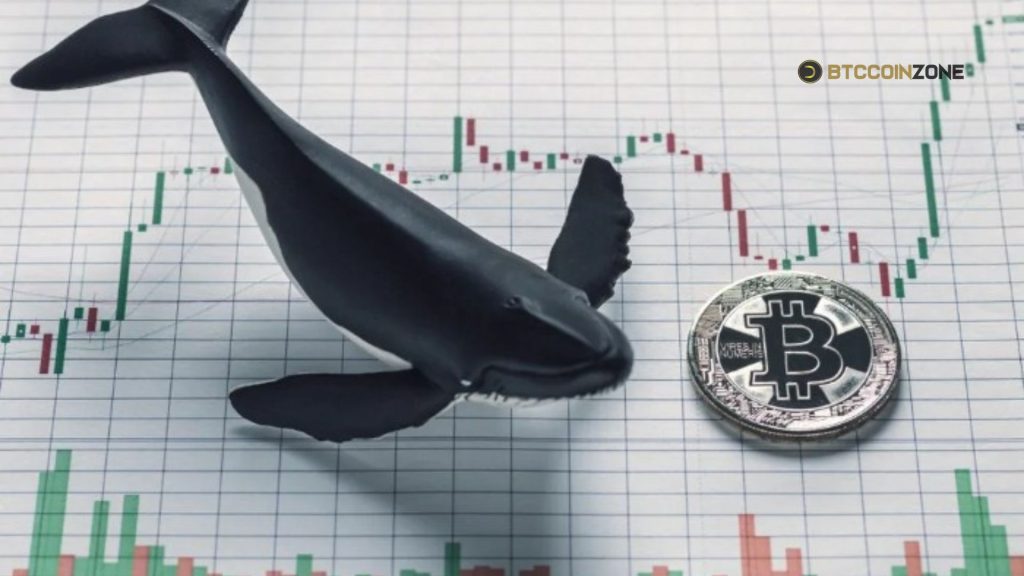
In less liquid markets, the massive buying and selling of Bitcoin by a “whale” can create huge price fluctuations. For instance, lesser investors may sell their Bitcoin in a panic if a large-scale seller (known as a “whale”) decides to unload their holdings all at once, causing the price to plummet. In contrast, market optimism can be stoked when a major buyer, known as a whale, makes a purchase, which in turn drives up prices.
Also Read: Latest Bitcoin Price Update: Recent Movements and Market Trends
In Summary
Basic supply and demand dynamics, market sentiment, technical developments, government measures, and technology advancements affect Bitcoin prices. Even though Bitcoin is decentralized, technology, regulation, and macroeconomic conditions affect its price. Investors must understand these components to make informed decisions and navigate Bitcoin’s volatile ecosystem. In the complex and uncertain cryptocurrency business, Bitcoin must be approached strategically and well-researched. No matter your trading experience, keeping up with Bitcoin price factors is vital for success in this dynamic market.



